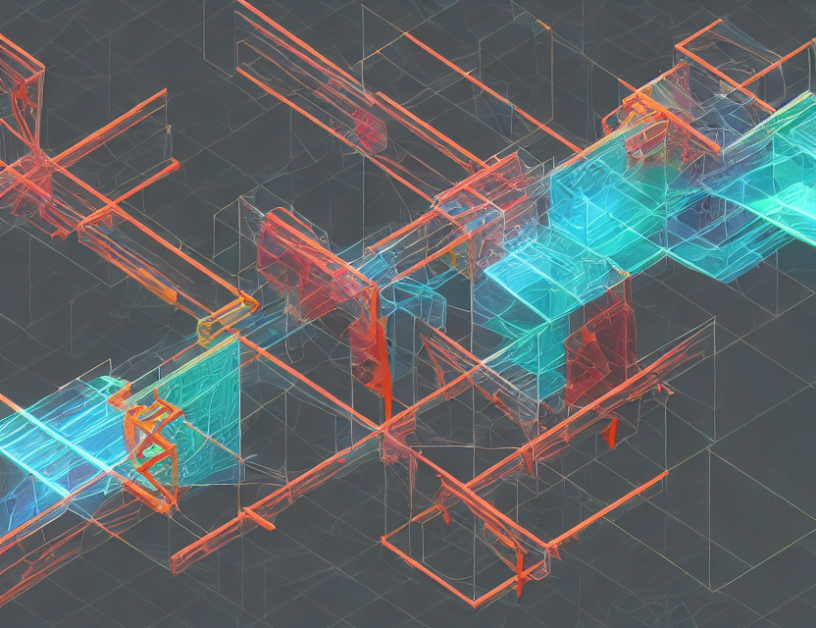To demystify complex concepts, let’s consider the human brain as a metaphor for understanding how FWFC processes visual information. Just as our brains process sensory information from various parts of our body, FWFC processes visual information from different parts of an image or video. The basic self-attention mechanism in FWFC is similar to the way our brain focuses on specific parts of our surroundings while filtering out irrelevant information.
The attention matrix in FWFC acts like a lens that helps our brain zoom in and out of different parts of an image or video, allowing us to see both local and global patterns. By combining these updated feature maps, FWFC creates a comprehensive representation of the visual content, much like how our brain integrates sensory information from multiple sources to form a unified perception of the world around us.
The authors also compare their proposed method with previous works in the field, highlighting its advantages in terms of computational efficiency and accuracy. To illustrate this point, imagine a race between different approaches to visual recognition tasks, with FWFC emerging as the fastest runner thanks to its streamlined architecture.
In conclusion, Frame-wise Feature Construction offers a novel and effective approach to visual recognition tasks by leveraging self-attention mechanisms and hierarchical feature extraction. By using everyday language and engaging metaphors, we can better understand the complex concepts underlying this method and appreciate its potential impact on the field of computer vision.
Computer Science, Computer Vision and Pattern Recognition
Unlocking Efficient and Accurate Action Recognition with Geometric Deformer



